Clear rules, real-world complexities
California is a community property state, but that doesn’t mean every item gets split down the middle. We help Placerville families map assets and debts, untangle what’s community versus separate, and craft practical settlements that reflect life in the foothills—homes with acreage, small businesses, retirement accounts, and more.
Community property basics
As a general rule, earnings and assets acquired from the date of marriage to the date of separation are community property. The goal is an equal division of value, not necessarily each specific item.
Separate property (and why it matters)
Assets owned before marriage, gifts, and inheritances to one spouse are usually separate property. So are assets acquired after the date of separation. The challenge is showing clear evidence—titles, statements, or “tracing” funds if accounts commingled.
The gray areas: commingling and mixed assets
Real life rarely fits clean categories. Common examples we see in El Dorado County:
- Homes: One spouse bought before marriage, but the mortgage was paid during marriage. Part may be separate (original equity) and part community (paydown and appreciation).
- Businesses: A pre-marriage business that grew during marriage may have a community component.
- Bank/Investment accounts: Mixing separate and community funds can still be sorted with careful tracing.
Debts count too
Credit cards, personal loans, and tax debts incurred during marriage are often community obligations. We work to allocate them in a way that’s enforceable and fair—and to protect credit when possible.
Major assets we routinely divide
- Real estate (Placerville, Cameron Park, rural acreage): appraisals, buyouts, or sales with net proceeds divided
- Retirement (401(k), IRA, pensions): division of the marital portion, often via a QDRO, so there are no penalties
- Businesses and professional practices: neutral or party-retained valuation experts as needed
- Vehicles, equipment, and recreational assets common to foothill life
Five preparation steps that save time and fees
- Create a simple asset/debt spreadsheet;
- Gather 12–24 months of statements;
- Pull deeds/titles;
- List any gifts/inheritances;
- Note your priorities (keep the house vs. liquidity).
High-asset or complex estates
Multiple properties, investment accounts, or a closely held business add layers—but the same principles apply. We bring in trusted appraisers and forensic accountants when necessary.
When to get help
If you’re unsure whether something is community or separate, don’t guess. Early analysis can prevent costly mistakes and inform better settlement options.


